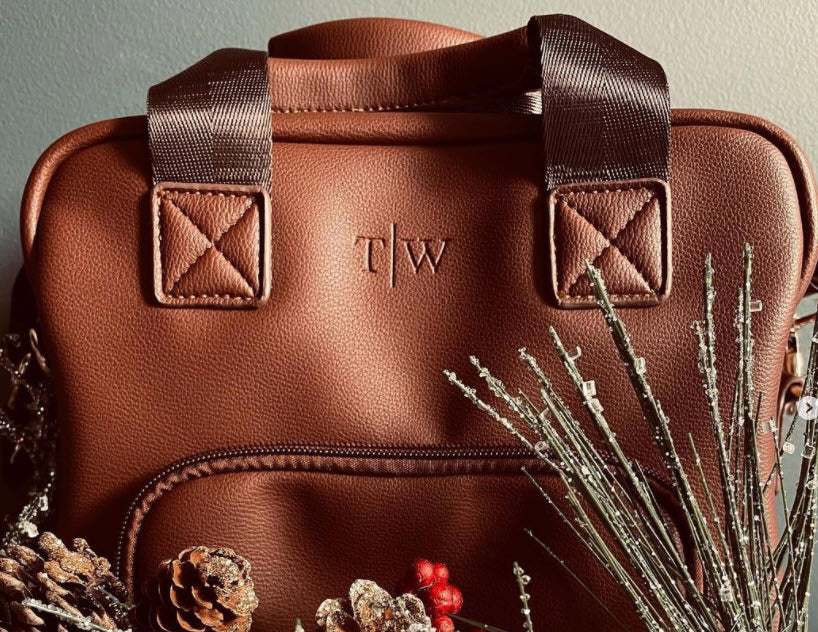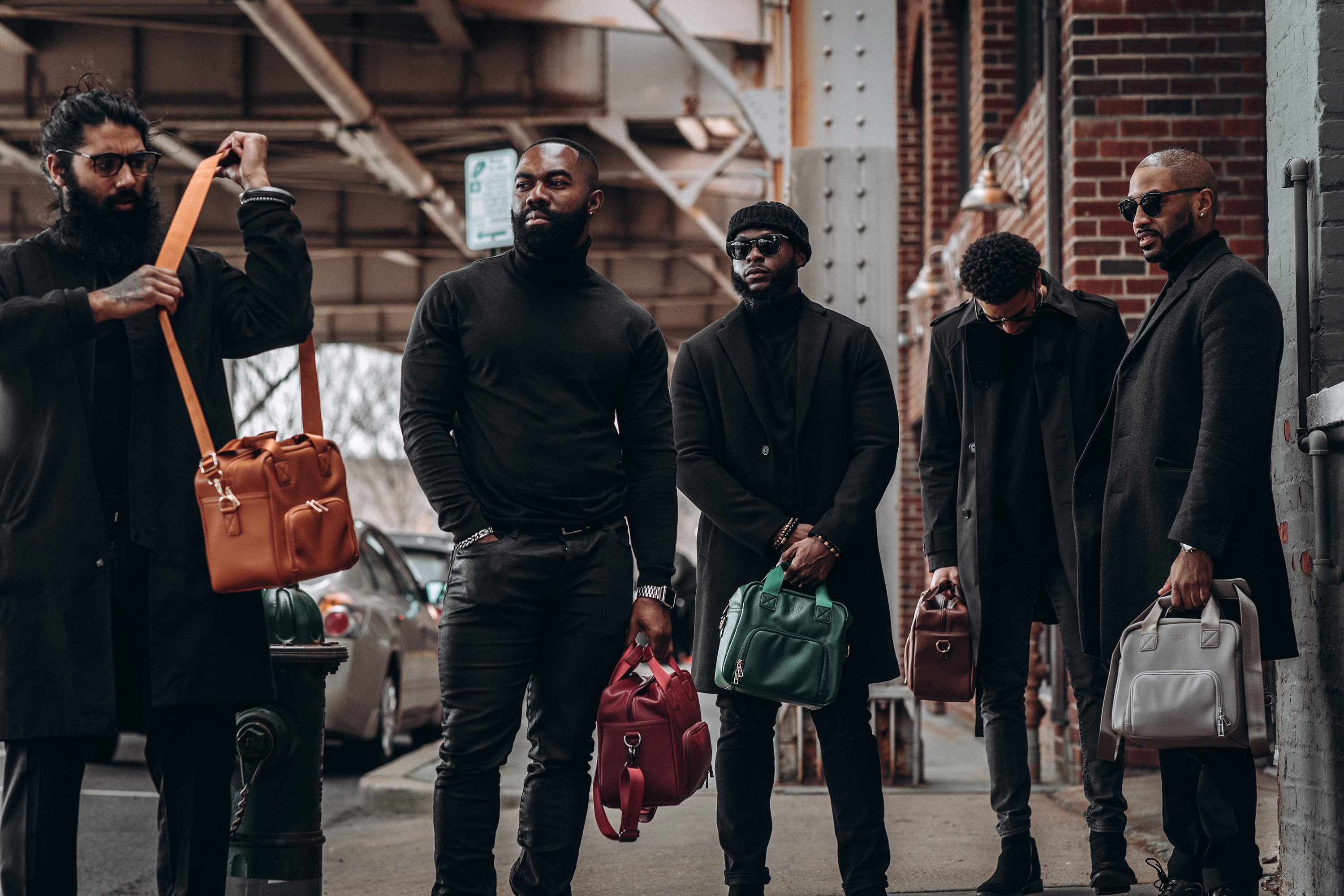
The Celebration of Kwanzaa!

Kwanzaa is a celebration of family, community, and culture.
Fast Fact - There are three official Kwanzaa colors: black, red, and green, and there are seven candles. One is a black candle, three are red, and three are green candles. The meaning of each follows:
One Black Candle - represents the principle of the concept of unity. On Day One (Umoja), the focus is on the unity of family, community, nation, and race.
- This candle represents the African American and Pan-American peoples.
- It is placed in the center of the Mishumaa Saba (mee-shoo-mah'-ah sah'-bah) which is the group of Seven Candles representing the Kwanzaa seven principles (Nguzo Saba), and
- It is always lit first on the opening day of Kwanzaa.
Three Red Candles - each representing a separate principle. These candles are placed to the left of the black candle in the Mishumaa Saba and are lit on Day Two, Day Three and Day Four, respectively. The meaning of each day is described below:
- Day Two (Kujichagulia): Self-determination is the second principle. It represents defining, naming, creating, and speaking for oneself. This is the second candle lit.
- Day Three (Ujaama): This is the principle of cooperative economics. This encompasses building and maintaining individually owned stores, shops, and other businesses. The goal is to profit from these endeavors as a community. This is the third candle lit, and
- Day Four (Kuumba): This candle celebrates the principle of creativity. The goal of this principle is to do everything possible to make a difference and leave the community in better condition than what was inherited. This is the fourth candle lit.
Three Green Candles - there are three green candles, each representing a specific principle. These candles are placed to the right of the black candles and are lit on Day Five, Day Six and Day Seven. The meaning of each fday is described below:
- Day Five (Ujima): This is the principle of collective work and responsibility and takes on the vocation of building the community and developing it as a way to restore African Americans and Pan-Americans to their traditional greatness. This is the fifth candle lit.
- Day Six (Nia): This is the principle of purpose, of looking inside oneself to set not only personal goals, but also goals that benefit community. This is the sixth candle lit, and
- Day Seven (Imani): This is the principle of faith. It challenges people to believe in each other and honor their struggle as righteous and that they'll be victorious. This is the last candle to be lit. All seven candles are lit on this day.
Fast Fact - The candles rest in a Kinara which is a seven-space candle holder, representing the original stalk from which the African people originated. The Kinara (kee-NAH-rah) has a special designated place during Kwanzaa. It is placed on a table, which is set at the beginning of the holiday activities on Day One.
The seven candles are placed in the Kinara in a specific order. Each candle is lit on a specific day of the Kwanzaa seven-day celebration. The goal is to light the candles after the black one by moving from left to right when facing the Kinara. This procedure indicates that the people come first, then the struggle and then the hope that comes from the struggle.
Each of the seven candles is lit in a specific order and is described below:
- First day: Light the black candle on the first day of Kwanzaa.
- Second day: You'll light the black candle and the far left red candle.
- Third day: You'll light the black candle and the two far left red candles.
- Fourth day: You'll light the black candle first, and the far left red, moving from left to right until all red candles are lit.
- Fifth day: You'll light the black candle first, then the three red candles, moving from left to right and the green candle beside the black candle.
- Six day: You'll light the black candle first, then moving left to right, light the red candles and the first and second green candles closest to the black candle.
- Seventh day: You'll light all of the candles, starting with the black candle. Move to the far red candle and proceed to light all of the red candles, moving to the first green candle beside the black candle. Continue until all of the green candles are lit.
The Mishumaa Saba (seven candles) stand for the Seven Principles. They represent the driving force for those of African descent. These principles are specifically meant to guide one on their path to liberation.
Here’s a little history - Kwanzaa has only actually been around since 1966. During the Civil Rights Movement, Kwanzaa founder Maulana Karenga, PhD, professor and chairman of Black studies at California State University, Long Beach, was determined to find a way to bring the African American community together to persevere through hardship. Thus, the weeklong cultural celebration highlighting family, friends, and community was born.
How is Kwanzaa celebrated one might ask? There are several ways but a few have been passed down over the years. They are:
- Get Crafty
- A core tenet of Kwanzaa is giving gifts to loved ones
- Decorate

- Cook up some African/Pan-American customary dishes.
- Try Curried Sweet Potato Puree. - Almond milk makes this creamy side dish dairy-free. The heat from the ginger and curry counter the sweetness of the potatoes, and the lime adds a bright kick at the end.

- Look-out for local and virtual celebrations!
- Buy Black!
- focus on cooperative economics, and that means supporting Black-owned businesses.

If you can't find what you want at first from our collection, please remember that gift cards are available for purchase!

Before we leave, take a moment and remember the reason why Kwanzaa exists. It’s for us and for you.
Thank you for reading our story!
If you’d like to share your experience with us, please email letschat@thomasandwynter.com.


Leave a comment
This site is protected by hCaptcha and the hCaptcha Privacy Policy and Terms of Service apply.